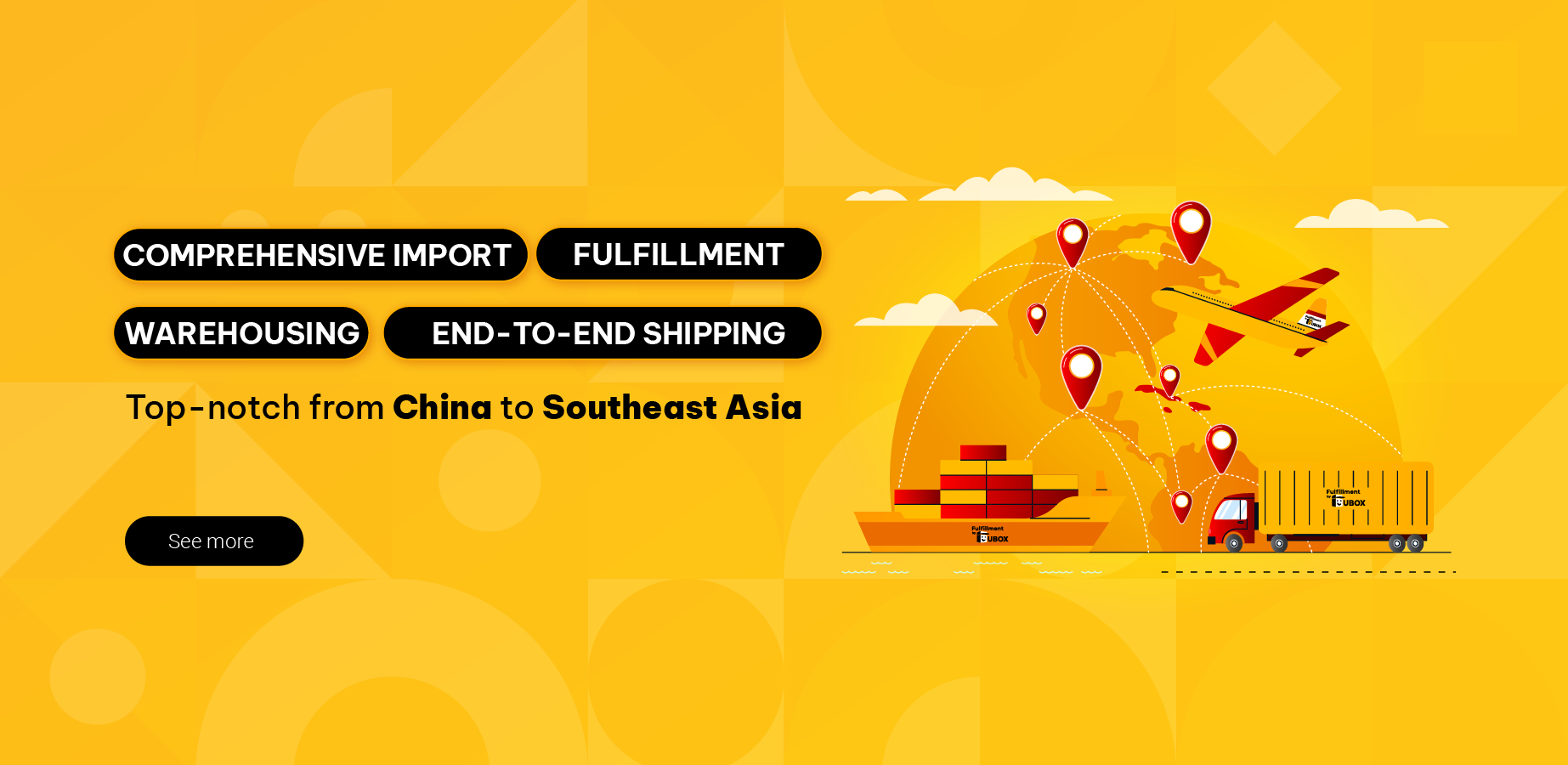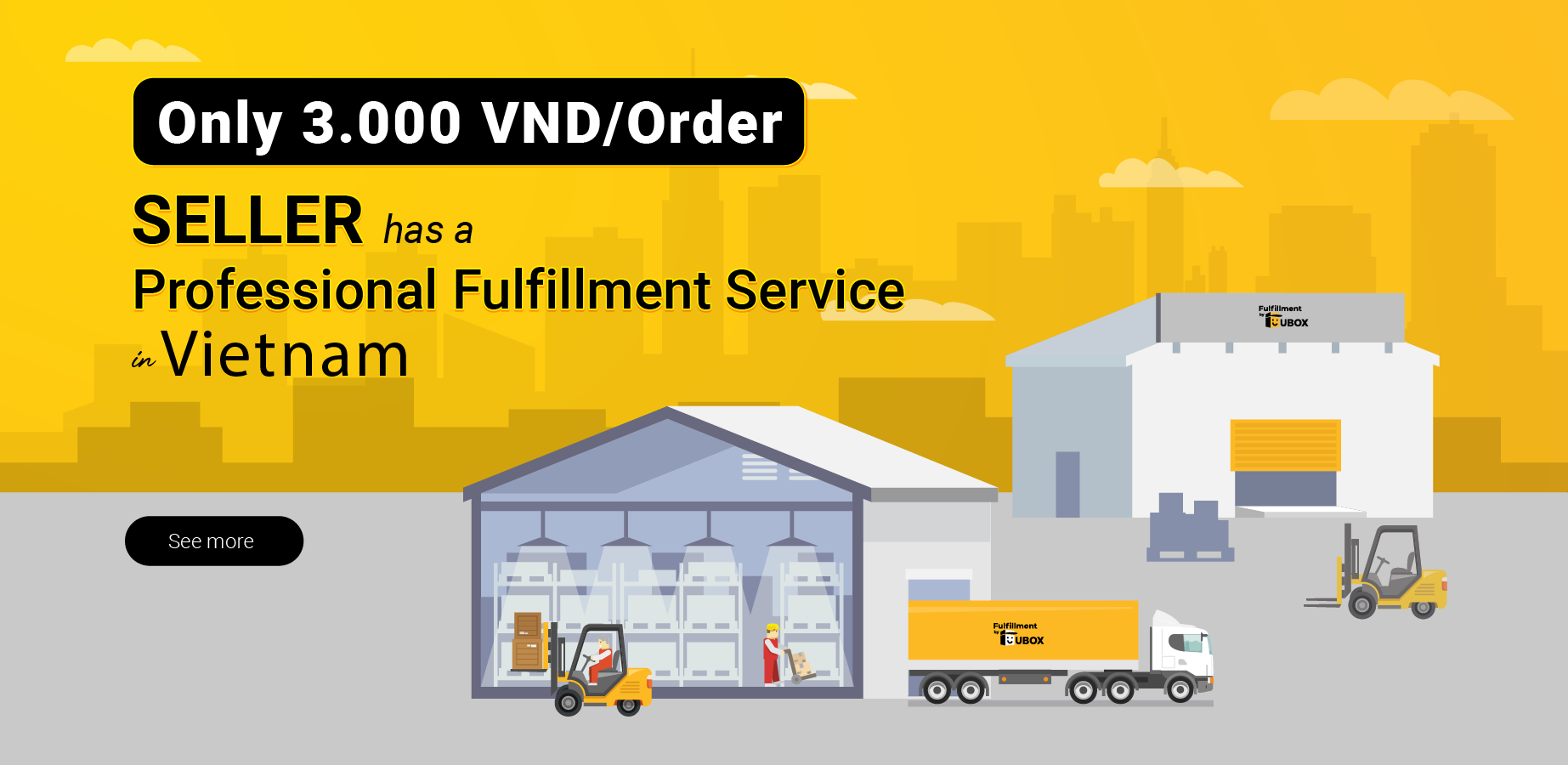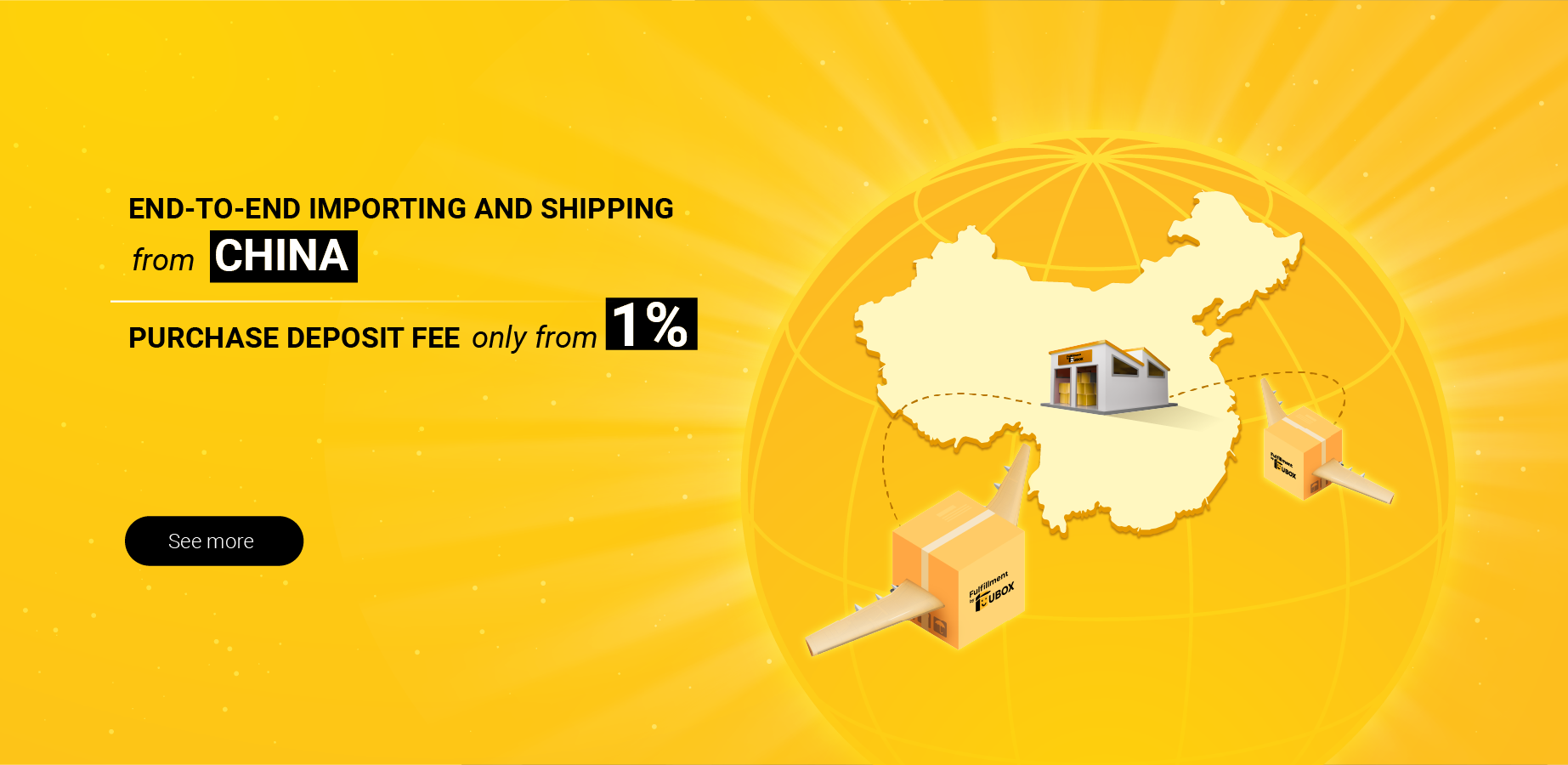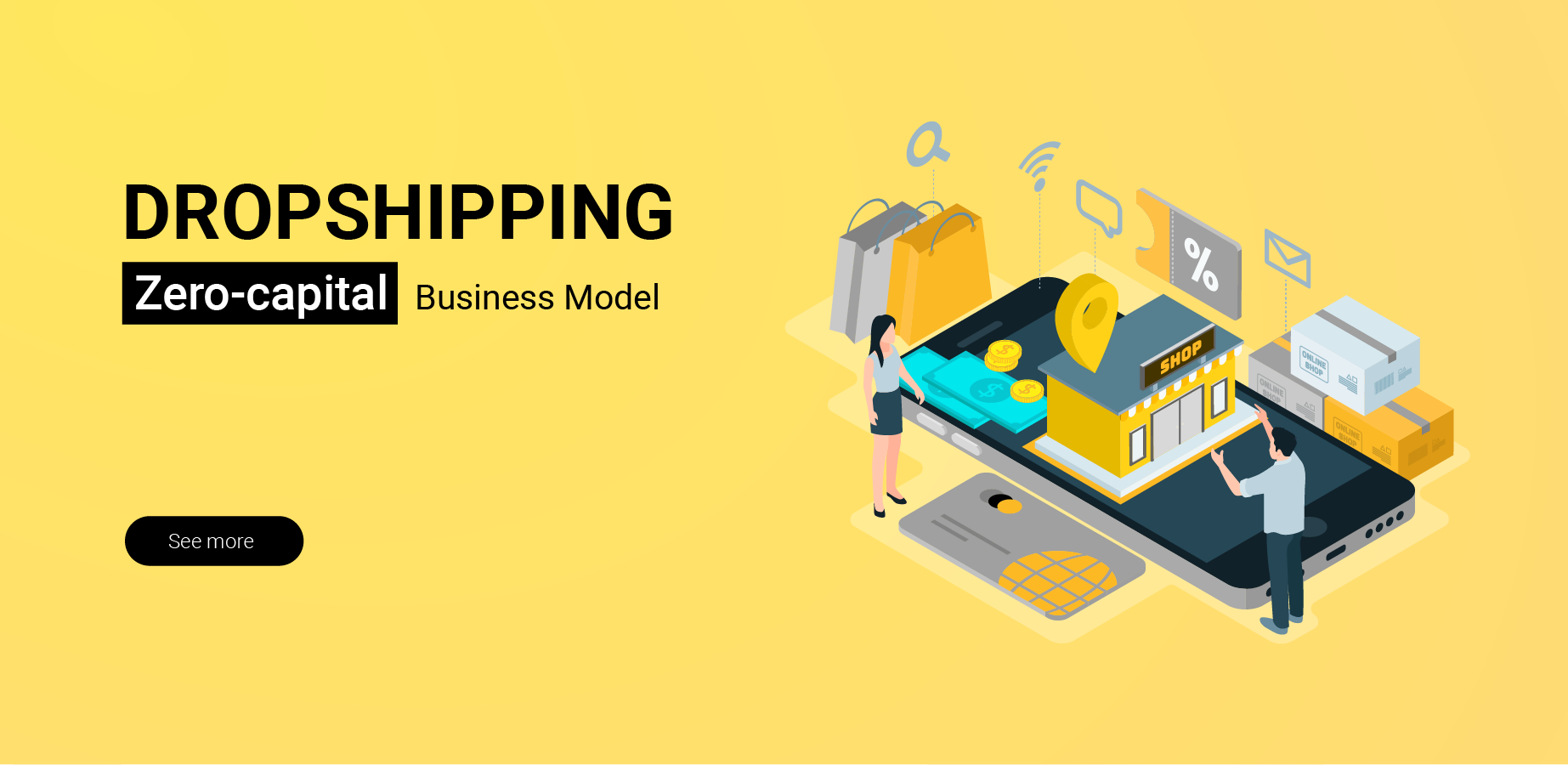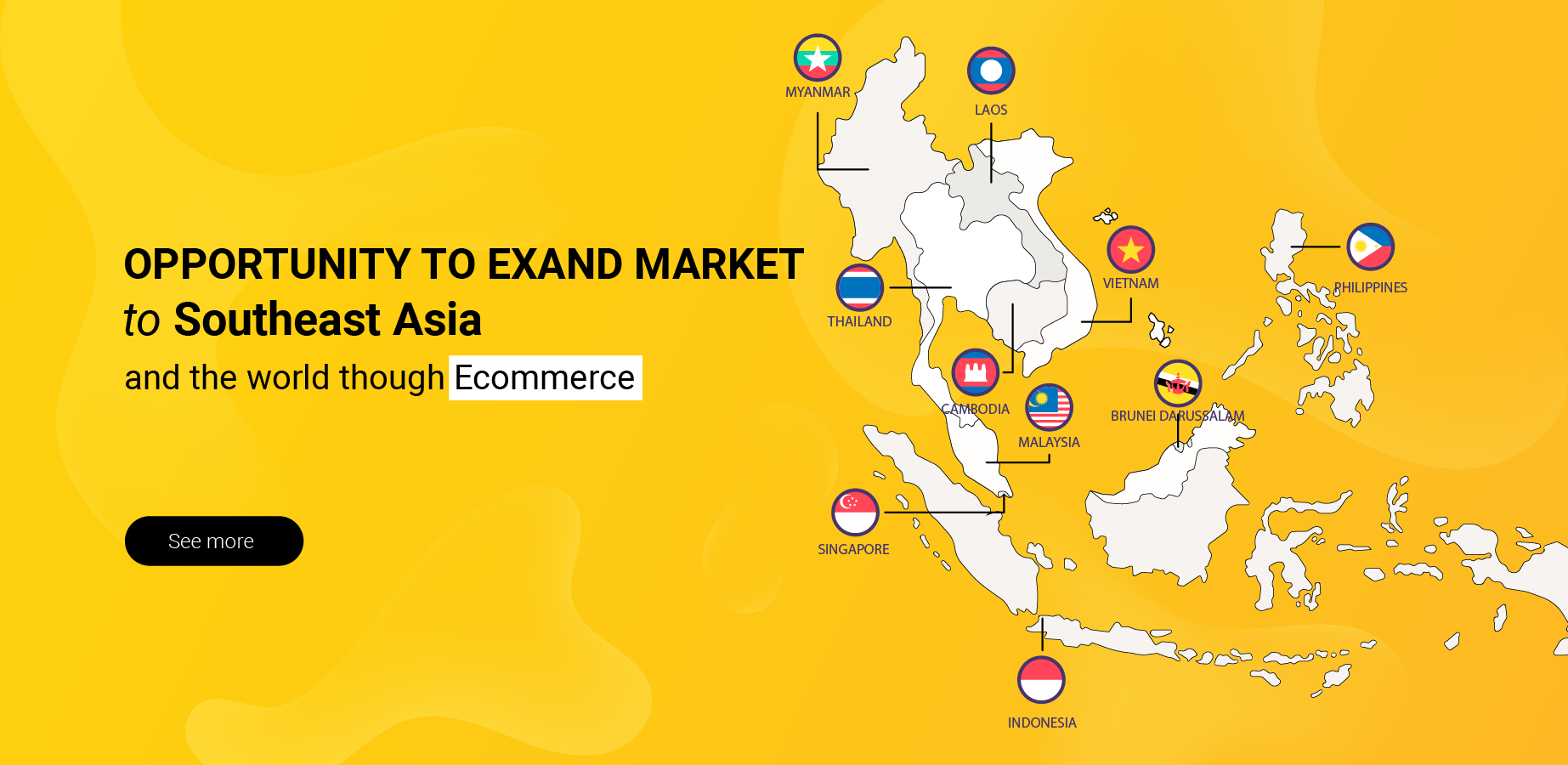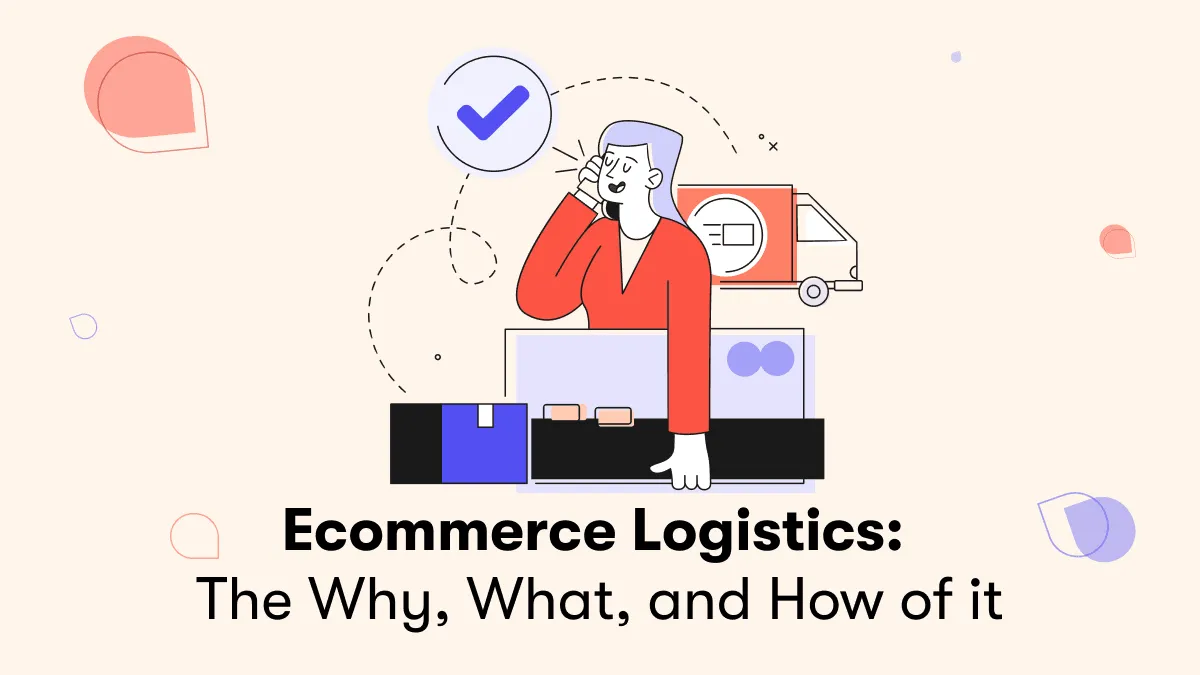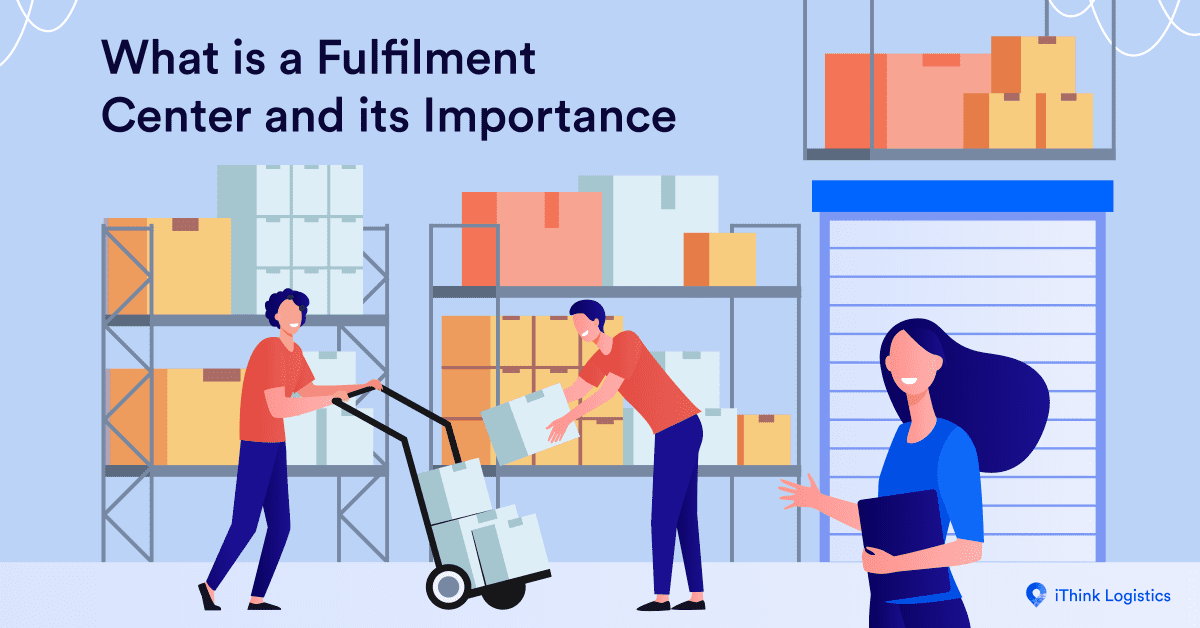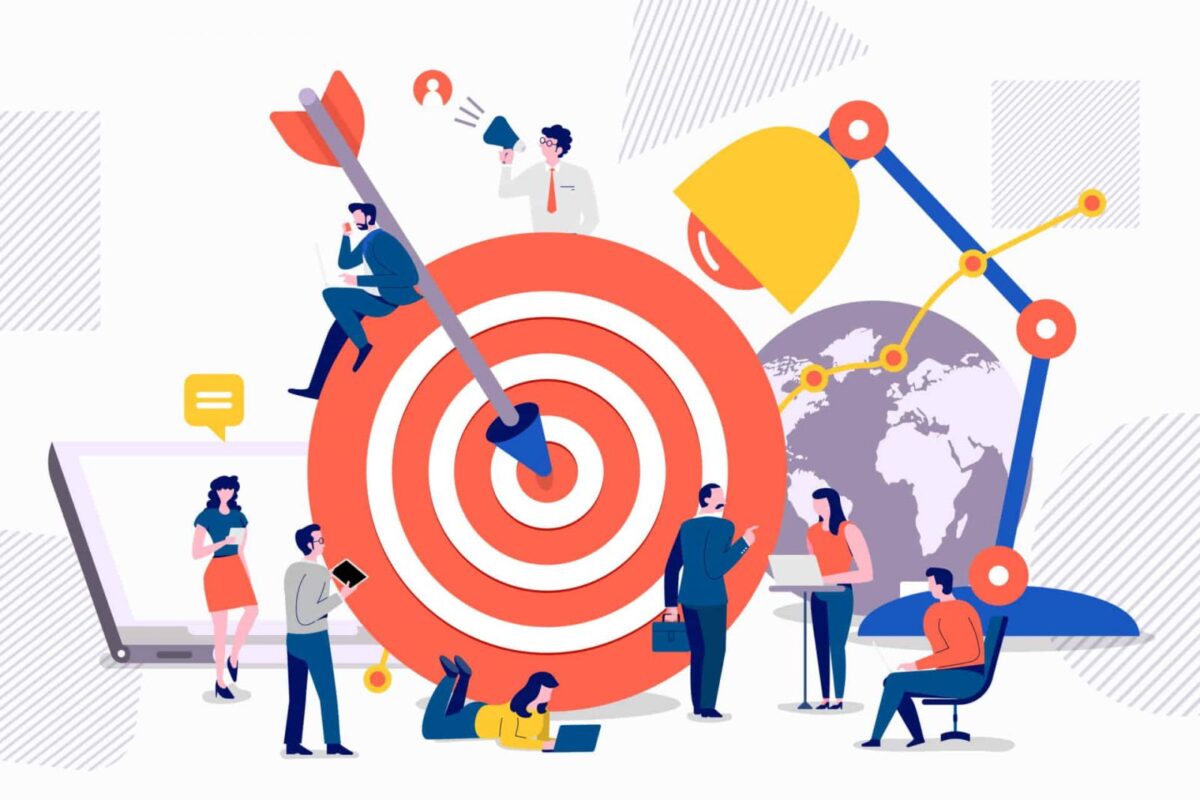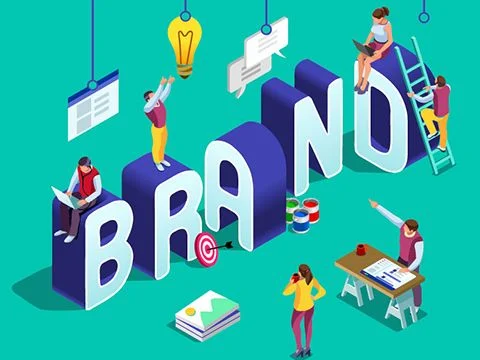This is the most crucial step that determines the success or failure of your e-commerce business idea. Market research helps you understand the current state of the market you want to enter, identify opportunities and challenges your business may face, and gain detailed insights into competitors, trends, and consumer behavior.
By understanding your potential customers, you can clearly define who will buy your products, enabling you to build an effective marketing strategy.
Establishing clear goals will help you focus resources in the right areas, provide a basis for evaluating effectiveness, and motivate employees to enhance productivity.
You can set goals using the SMART criteria, which stands for: Specific, Measurable, Attainable, Relevant, Time-Bound.
The more specific your goals are, the clearer your path will be to achieving them. Research shows that the clearer the goals, the higher their feasibility becomes.
You can either source ready-made products available in the market or produce your own to align with your business goals, allowing for better quality control. Alternatively, you might import products from domestic or international suppliers to save costs and time.
When searching for suppliers, prioritize reputable ones with high-quality products and clear collaboration policies. Additionally, carefully consider factors such as budget, product quality, quantity, delivery times, and return policies to make informed sourcing decisions.
In e-commerce, where countless retailers and businesses operate, building a brand is an essential part of creating differentiation. A brand helps customers remember you, encourages repeat purchases, and creates a competitive advantage.
Brand building is a long-term process that requires persistence. You can use various methods to promote your brand, such as designing a brand identity, defining your brand's core values, creating influence, building strong connections with potential customers, running regular advertising campaigns, and investing in advertising content. If you apply these strategies effectively, you will have a strong brand that contributes to your success in e-commerce.
You need to choose an e-commerce platform for your business, as each platform has its own advantages and disadvantages. It’s important to select one that aligns with your business’s scale and strategy. Popular e-commerce channels in Vietnam include: E-Commerce Platforms: Lazada, Tiki, Shopee, Amazon; Brand E-Commerce Websites: Your own dedicated online store; Social Commerce: TikTok Shop, Facebook Shop; Quick Commerce: Grab Food, Bee Food, Shopee Food; E-Commerce B2B Platforms: Telio, Vinshop, Ninja Mart, SaboMal.
Once you’ve chosen the appropriate e-commerce platform, you have two options for building your resources: either create an in-house team or use services from developers.
Regardless of whether you choose to operate on one or multiple platforms or how you utilize your resources, ensure that the interface is visually appealing, user-friendly, and provides comprehensive product information, high-quality images, and clear pricing.
Establishing payment methods is crucial for customers to complete their purchases on your online store. A convenient and secure payment option will enhance the shopping experience and increase conversion rates.
Popular payment methods today include bank transfers, online payment gateways, e-wallets, and brand-specific cards/wallets.
To grow your e-commerce business, it's essential to establish a comprehensive and professional fulfillment process. This includes stages such as sourcing products, quality checks, warehousing, inventory management, order processing, shipping, and handling post-sale requests. A well-structured fulfillment process enhances service quality, minimizes errors, and improves customer experience.
You can implement the fulfillment process in various ways: either build it in-house or outsource it to external providers. Depending on your business's capabilities, scale, and direction, choose the option that best fits your needs.
By building and continuously enhancing your customer care process, establishing a CRM system, and investing in a multi-channel customer service hotline, your business can quickly address complaints, returns, and exchanges while fostering strong relationships with customers. Understanding customer needs and behaviors through CRM allows you to develop effective personalized marketing strategies, thereby enhancing customer engagement and loyalty.
To succeed in e-commerce, you need a clear "roadmap." Regularly monitoring and evaluating your business performance serves as a "compass" to guide you in the right direction. By keeping a close eye on your operations, you can identify issues early and make timely adjustments.

